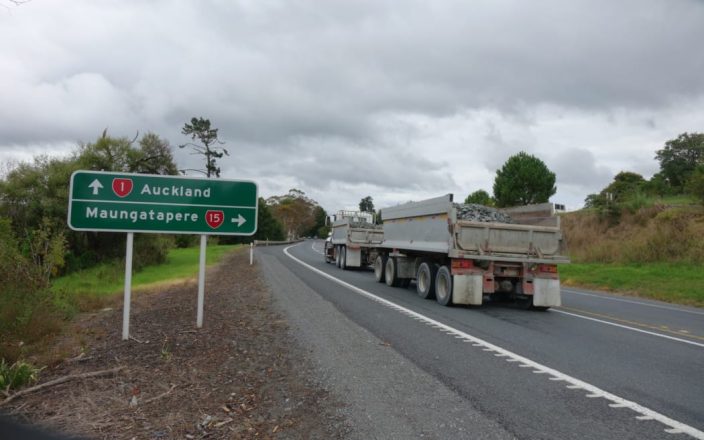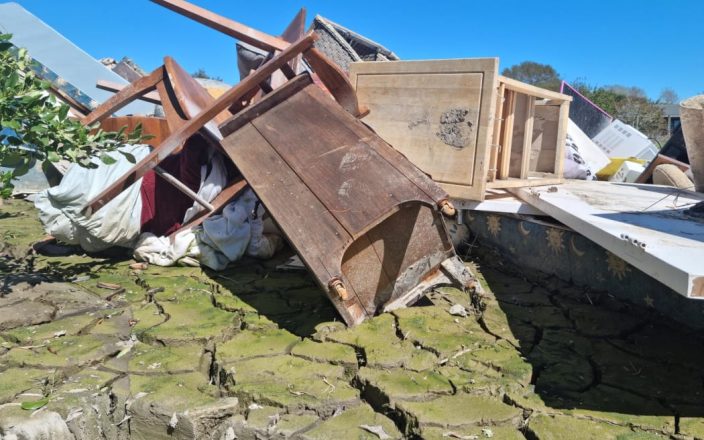Chính phủ đang xem xét một dự án đường cao tốc mới có thể tốn rất nhiều tiền, nhưng số tiền chính xác vẫn chưa được biết.
“Đường cao tốc Northland Accelerating” sẽ là một con đường bốn làn nối Auckland với Whangārei. Chính phủ muốn đẩy nhanh dự án này như một phần của chương trình Những con đường có ý nghĩa quốc gia.
Ủy ban Cơ sở hạ tầng nói với Bộ trưởng Cơ sở hạ tầng Chris Bishop rằng dự án này có thể chiếm 10% toàn bộ ngân sách của chính phủ để xây dựng cơ sở hạ tầng mới trong 25 năm tới. Điều này bao gồm tài trợ cho đường xá, bệnh viện, trường học, v.v.
Trong một tài liệu được gửi vào tháng 7, ủy ban bày tỏ lo ngại rằng dự án tập trung quá nhiều vào tốc độ. Họ cảnh báo rằng điều này có thể dẫn đến việc không đạt được kết quả như mong đợi. Vào ngày 23 tháng 7, Bộ trưởng Giao thông vận tải Simeon Brown đã công bố kế hoạch kết hợp ba dự án đường bộ khác nhau thành một dự án lớn hơn để tăng tốc độ xây dựng. Chi phí ước tính của dự án này vẫn chưa được tiết lộ, nhưng các quan chức sẽ xem xét trường hợp đầu tư vào cuối năm nay.
Ủy ban cũng lưu ý rằng ước tính chi phí có thể không chắc chắn và có thể cao hơn nhiều so với dự kiến, với các dự án trước đây đôi khi có giá cao hơn 50% đến 100% so với dự báo ban đầu. Họ nêu ra các vấn đề về việc liệu dự án có nên được ưu tiên hay không do nguồn tài trợ hạn chế sẵn có.
Brown làm rõ rằng tài liệu nhằm kiểm tra sự quan tâm của các công ty sẵn sàng làm việc trên Đường cao tốc Northland và các cập nhật sẽ đến trong những tháng tiếp theo. Chính phủ vẫn dành riêng cho dự án đường cao tốc này.
Adam Currie, một nhà vận động từ 350 Aotearoa, đã chỉ trích sự tập trung của chính phủ vào dự án này. Ông lập luận rằng chi 10% ngân sách cơ sở hạ tầng cho một đường cao tốc là không hợp lý khi có nhu cầu cho trường học và bệnh viện. Ông chỉ ra rằng những con đường lớn hơn có thể làm tăng ô nhiễm khí hậu và đề nghị rằng tiền có thể được sử dụng tốt hơn cho các sáng kiến khác.






























































